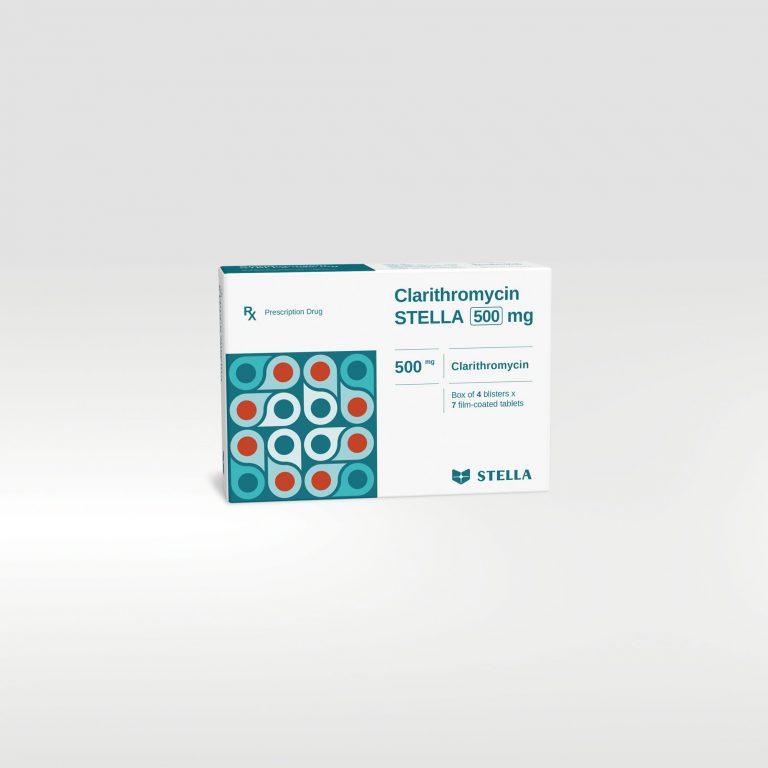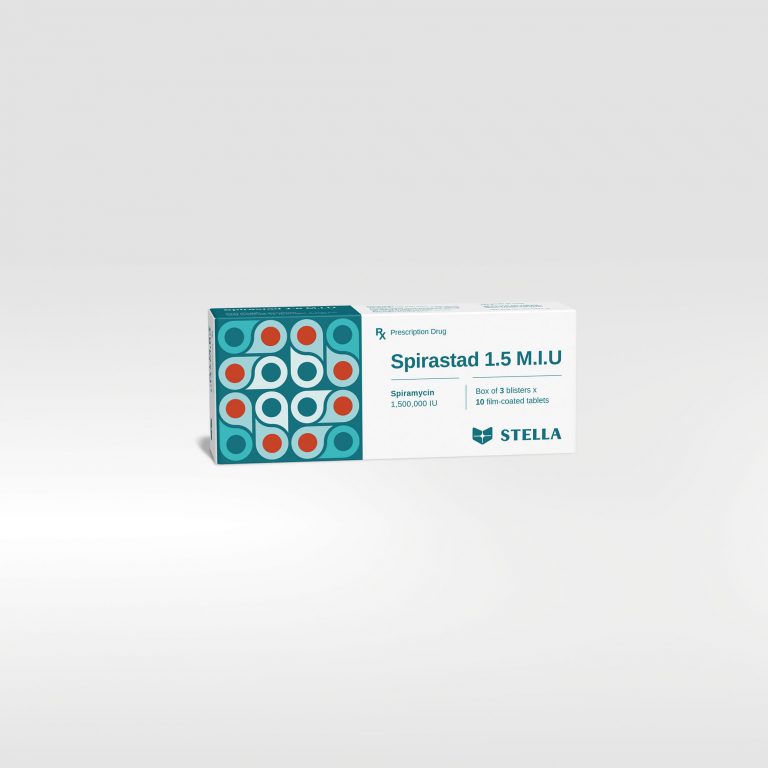Indications
Clarithromycin is indicated for treatment of infections caused by susceptible organisms in adults and children 12 years and older.
- Lower respiratory tract infections for example, acute and chronic bronchitis, and pneumonia.
- Upper respiratory tract infections for example, sinusitis and pharyngitis.
- Initial therapy in community acquired respiratory infections and has been shown to be active in vitro against common and atypical respiratory pathogens.
- Skin and soft tissue infections of mild to moderate severity.
- Clarithromycin in the presence of acid suppression effected by omeprazole or lansoprazole is also indicated for the eradication of Helicobacter pylori in patients with duodenal ulcers. The activity of clarithromycin against Helicobacter pylori greater at neutral pH than at acid pH.
Dosage
Respiratory tract/skin and soft tissue infections
- Adults and children older than 12 years: The usual dose is 250 mg twice daily although this may be increased to 500 mg twice daily in severe infections.
- The usual duration of treatment is 14 days.
- Use of Clarithromycin STELLA 250 mg is not recommended for children younger than 12 years.
Eradication of Helicobacter Pylori in patients with duodenal ulcers (adults and elderly)
- The usual duration of treatment is 14 days.
- Triple therapy: Clarithromycin (500 mg) twice daily and lansoprazole 30 mg twice daily should be given with amoxycillin 1000 mg twice daily.
- Triple therapy: Clarithromycin (500 mg) twice daily and lansoprazole 30 mg twice daily should be given with metronidazole 400 mg twice daily.
- Triple therapy: Clarithromycin (500 mg) twice daily and omeprazole 20 mg twice daily should be given with amoxycillin 1000 mg twice daily or metronidazole 400 mg twice daily.
- Triple therapy: Clarithromycin (500 mg) twice daily should be given with amoxycillin 1000 mg twice daily and omeprazole 20 mg twice daily.
Renal impairment
- Creatinine clearance < 30 ml/min, the dosage of clarithromycin should be reduced by one-half, i.e. 250 mg once daily, or 250 mg twice daily in more severe infections.
- Treatment should not be continued beyond 14 days in these patients.
Usage
- Clarithromycin STELLA 250 mg is administered orally and may be given without regard to meals.









